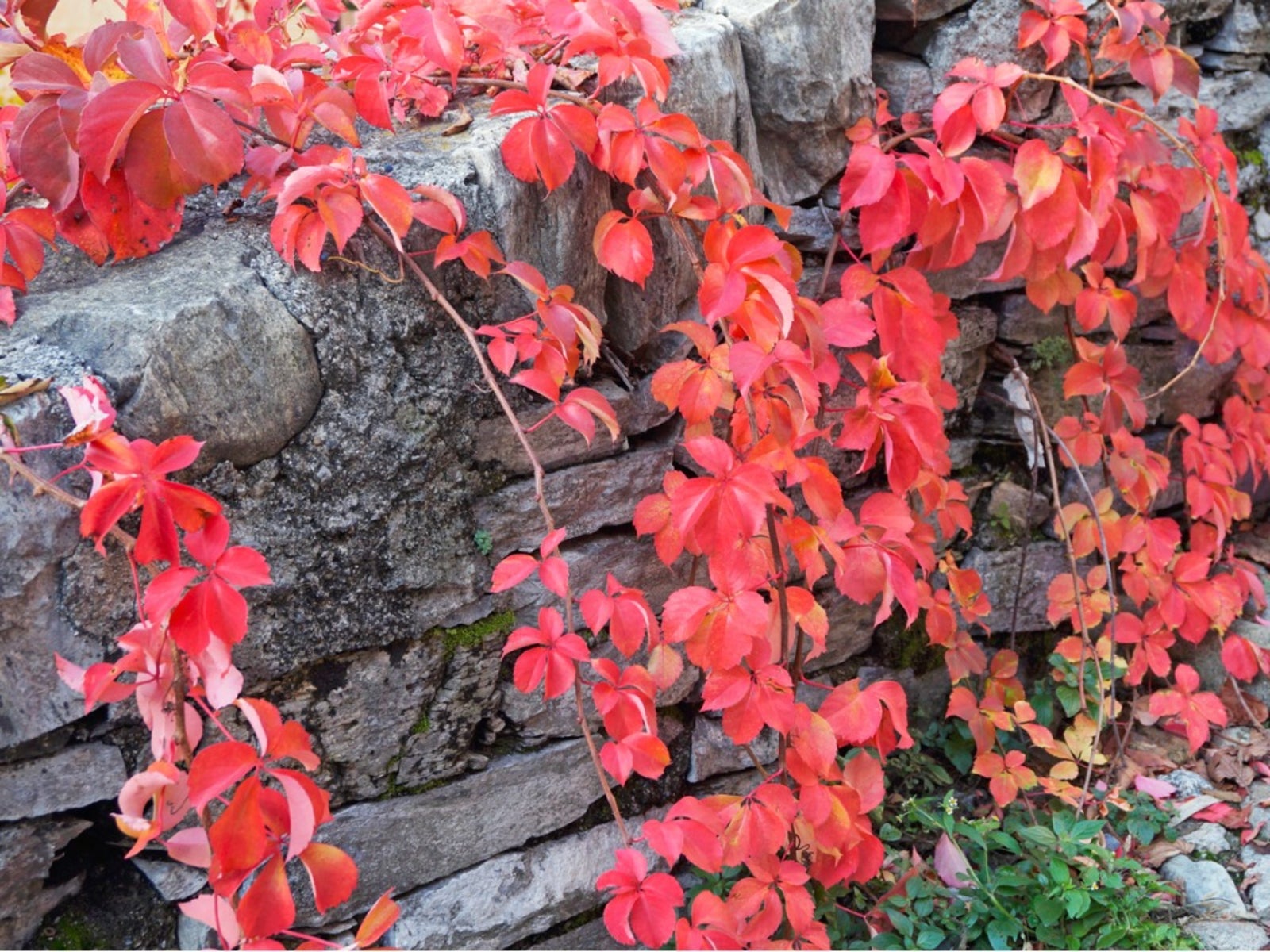Virginia Creeper Control & How To Get Rid Of Virginia Creeper
Virginia creeper tends to choke out everything in its path. It's a challenge to get rid of it but worth the trouble.

Many gardeners become incredibly frustrated with Virginia creeper (Parthenocissus quinquefolia). This five-leaved ivy is a prolific woody vine that climbs quickly, choking out everything in its path. This includes other flowers, trees, shrubs, fences, walls, gutters, poles, and even windows.
Virginia creeper is especially aggressive when planted in the shade. Many people use Virginia creeper as a ground cover in large open spots and control its rapid growth by clipping it frequently. The vine is attractive but it can easily become a nuisance because of its aggressive climbing habit. When this happens, it helps to learn ways for getting rid of Virginia creeper.
Virginia Creeper or Poison Ivy?
Although Virginia creeper is often found growing with poison ivy, they are two distinctly different plants. Many times people will touch poison ivy mixed in with Virginia creeper and mistakenly think that the creeper caused the rash. Poison ivy has only three leaves while Virginia creeper has five. Virginia creeper leaves also turn bright red in the fall. Like poison ivy, this vine may need to be controlled. Keep reading for info on Virginia creeper control.
How to Get Rid of Virginia Creeper
Controlling Virginia creeper is best done when the plant is small; however, it is still possible to deal with larger plants, although it takes more patience and time.
Virginia creeper control begins by pulling the vine from the structures or vegetation that it is clinging onto. The sap in the plant can irritate the skin, so it is recommended that you wear gloves.
Young vines can be pulled by hand while larger vines require the use of a handsaw or other pruning tools. Cut away the vine, leaving only a small piece. Once you have the vines untangled you can get down to the business of getting rid of Virginia creeper.
What Kills Virginia Creeper?
First, cut or mow Virginia creeper to the ground as it begins to invade areas of your yard. Then try one or all of these methods.
Sign up for the Gardening Know How newsletter today and receive a free copy of our e-book "How to Grow Delicious Tomatoes".
Using industrial-strength vinegar mixed with water, saturate the area and the plants.
Another method is to heavily mulch over the plants once they've been cut back. A large amount of mulch will suffocate the plants and eventually kill them.
Finally, after they've been cut down, cover the plants securely with heavy black plastic and let the sun cook them under the plastic until they die. This may take a very long time, but it's worth the effort.